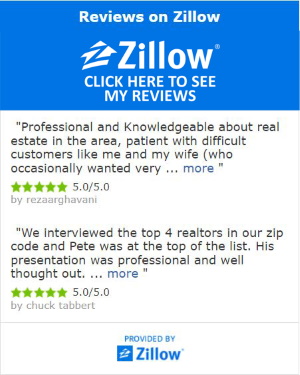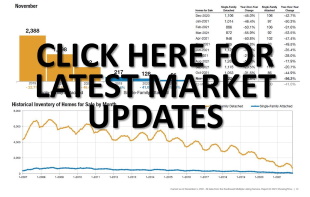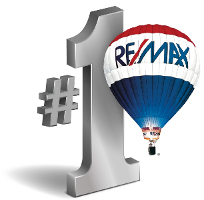National Market Update: 91% of Properties Now Have Equity
91% of Properties Now Have Equity
Some good news in the Real Estate Market, about 759,000 properties at the national level regained equity in the second quarter, bringing the total number of residential mortgages that are lower than their property's value to about 45.9 million. That equates to about 91 percent of all mortgaged properties. Borrower equity has risen year-over-year by $691 billion, according to CoreLogic’s second quarter equity report.
“For much of the country, the negative equity epidemic is getting better,” says Anand Nallathambi, CoreLogic’s CEO and president. “The main reason for this improvement has been the increased rise in home prices over the past 3 years.
CoreLogic predicts home prices to rise an additional 4.7 percent over the next year on the national level, and if that prediction holds true, 800,000 home owners could regain positive equity by July 2016. At this point we are not sure what the local Albuquerque Area Market will do. If you want to track the prices of homes selling in your area go to www.AbqMarketinfo.com. You will receive regular market updates for free.
The majority of positive equity is centered on the high-end housing market. CoreLogic’s report finds that 95 percent of homes valued at more than $200,000 have equity, compared with 87 percent of homes valued at less than $200,000.
Still, the total number of mortgaged residential properties with negative equity remains elevated at 4.4 million – or 8.7 percent of all properties with a mortgage, according to CoreLogic’s report. Negative equity refers to a home owner who is “upside down,” owing more on their mortgage than their home is currently worth.
Find out the 10 places where foreclosure is still a big problem for the market.
Of the more than 50 million residential properties with a mortgage, about 9 million or 17.8 percent have less than 20 percent of equity and 1.1 million – or 2.3 percent – have less than 5 percent equity.
“Borrowers who are ‘under-equity’ may have a more difficult time refinancing their existing homes or obtaining a new loan to sell and buy another home due to underwriting constraints,” CoreLogic notes. These borrowers are also more at risk of moving to negative equity if home prices fall.
Five states alone accounted for nearly 32 percent of negative equity in the United States. The states with the highest percentage of mortgaged residential properties in negative equity are Nevada (20.6%), Florida (18.5%), Arizona (15.4%), Rhode Island (13.8%), and Illinois (13.1%). By large metro area, Tampa-St. Petersburg-Clearwater, Fla., had the highest percentage of residential properties in negative equity territory at 20.2 percent, followed by Phoenix-Mesa-Scottsdale, Ariz. (15.4%), Chicago-Naperville-Arlington Heights, Ill. (15.3%), Riverside-San Bernardino-Ontario, Calif. (12.3%), and Warren-Troy Farmington Hills, Mich. (11.8%).
On the other hand, the states with the highest percentage of mortgaged residential properties in positive equity are Texas (97.9%), Alaska (97.6%), Hawaii (97.5%), Montana (97.2%), and Colorado (96.7%). Of large metro areas, Houston-The Woodlands-Sugar Land, Texas had the highest percentage of properties with positive equity at 98.1 percent, followed by Portland-Vancouver-Hillsboro, Ore./Wash. (97.8%), Dallas-Plano-Irving, Texas (97.8%), Anaheim-Santa Ana-Irvine, Calif. (97.5%) and Denver-Aurora-Lakewood, Colo. (97.5%). We are seeing people from these markets starting to move to Albuquerque to capitalize on local market conditions.
Info from Daily Real Estate News Wednesday, September 16, 2015










